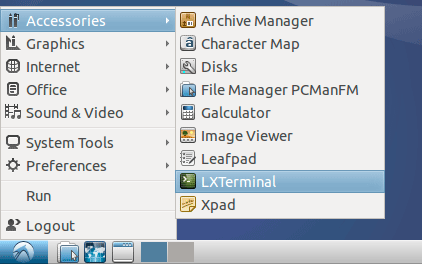Install MongoDB Lubuntu 15.04 Vivid Linux
How to Install MongoDB NoSQL Database Community Edition Release for Lubuntu 15.04 Vivid Vervet GNU+Linux desktop.
MongoDB (from “humongous”) is an Open-Source Document Database written in C++, and the leading NoSQL database.

MongoDB Database Features:
- Document-Oriented Storage >> JSON-style documents with dynamic schemas offer simplicity and power.
- Full Index Support >> Index on any attribute, just like you’re used to.
- Replication & High Availability >> Mirror across LANs and WANs for scale and peace of mind.
- Auto-Sharding >> Scale horizontally without compromising functionality.
- Querying >> Rich, document-based queries.
- Fast In-Place Updates >> Atomic modifiers for contention-free performance.
- Map/Reduce >> Flexible aggregation and data processing.
- GridFS >> Store files of any size without complicating your stack.
- Professional Support by MongoDB >> Enterprise class support, training, and consulting available.
The Contents and Details of MongoDB Installation Lubuntu Linux are Expressly Essentials to Give Focus Only to the Essentials Instructions and Commands and Make the Tutorial Easier to Read and Digest ;)
-
Open a Command Line Session
Ctrl+Alt+t
(Press “Enter” to Execute Commands)
In case first see: Terminal QuickStart Guide.
-
SetUp Apt Repo for Latest MongoDB Installation:
MongoDB Apt Repo Setup